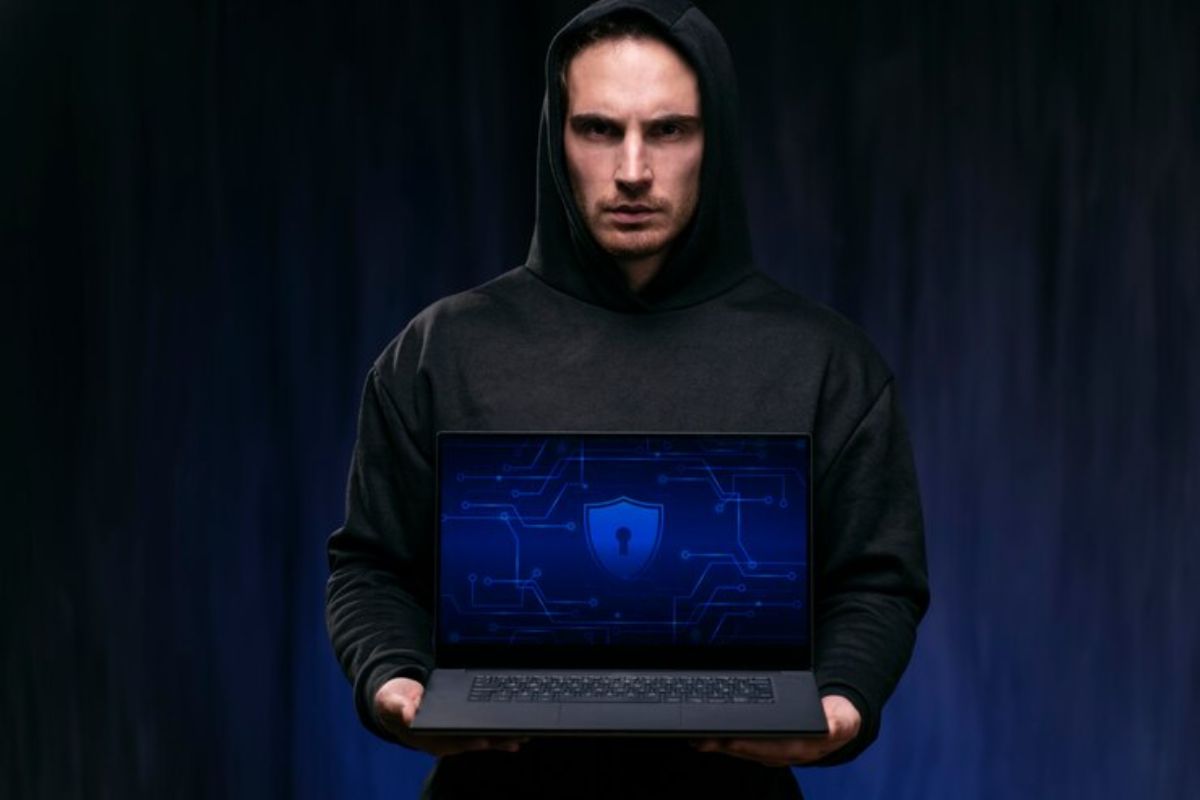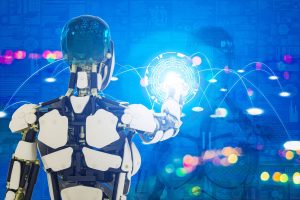Deep fakes are manipulated images or videos of influential people including celebrities, CEOs, or heads of state, generated to influence people differently. By leveraging artificial intelligence and deep learning algorithms, illicit actors replace or spoof an image or video, blurring the boundary between real human faces and fake ones.
Sophisticated deep learning tools like Generative adversarial networks (GANs) are employed to generate deep fake images or videos, making it challenging to detect fake ones. Deep fake technology is becoming prevalent today, advocating the necessity to implement robust deep fake detection.
Evolution of Celebrity Deepfakes
With the rapid advancements in technology, bad actors are using nefarious ways to upgrade their fraudulent endeavors. The deep fakes technology has taken a sharp rise, adding a dimension to celebrity deepfakes. Malicious actors employ artificial intelligence algorithms to create deep fakes, exhibiting faces and voices of renowned personalities.
Using face swapping and voice synthesis, illicit actors generate deep fake images or videos of influential people, making it hard to detect whether the image or video is genuine or false. This not only harms the celebrity’s reputation but also spreads false information or even promotes cyberbullying, tarnishing people’s faith in digital media.
Real-life Examples of Celebrity Deepfakes
Deep fake, fusion of ‘deep learning’ and ‘fake media’ has found roots in the entertainment industry. Previously deep fake technology displayed potential benefits in entertainment and media production, however, it has also spread its wings in exploiting the reputation of celebrities and violating privacy. Deepfake technology has shaken the entertainment industry, targeting celebrities Tom Hanks, Taylor Swift, and many others.
- An AI-generated video of Hollywood actor Tom Hanks circulated social media for days promoting a dental plan. Upon finding out his deep fake, Tom Hanks took to Instagram and warned his followers to be aware of such content.
- Movie star Scarlett Johansson also fell victim to a deep fake, where his name and voice were used to promote an AI app, without her permission. Later, it was confirmed that she wasn’t endorsing the app and her lawyers disclosed the initiation of legal proceedings.
Technology for deep fake detection
As the deep fake technology is increasingly convincing it is relentless to discern between real and fake identities. Traditional methods of ID verification need to be revised to detect deep fakes due to many reasons like limited data comparison, minimized scalability, low speed, and lack of contextual understanding. Researchers and policymakers are putting great effort into developing advanced methods to detect deep fakes and implement effective measures to dodge them.
Convolutional Neural Networks (CNN)
Convolutional neural networks are deep learning algorithms, leveraged for image recognition in a series of steps such as
- Face detection is like finding a face in a big frame and separating it from other objects in the image.
- Face analysis involves analyzing facial geometry such as distance between eyes, shape of jawline, and depth of mouth.
- Feature extraction refers to extracting facial features to create a digital map of face geometry.
- Comparison uses sophisticated matching algorithms to cross-match facial landmarks with the available datasets.
As neural networks are trained on large datasets, they recognize patterns of tampering and flag suspicious activities. Continuous feeding of neural networks with authenticated and manipulated data fosters quick differentiation between real and fake identities. CNNs are a suitable and adaptive approach to identifying anomalies in the image or video. The deployment of deep learning algorithms in the technology is a promising measure to detect and identify fake IDs, thus reducing the risk of exploitation.
Biometric Analysis
Biometric data like facial features or voice patterns are prone to manipulation and replicated by malicious actors to generate convincing deep fakes. However, micro-expressions or subtle movements which are specific to human beings only, can’t be replicated or spoofed. Utilizing this aspect, analysts may incorporate advanced algorithms that analyze these subtle cues and turn down false identities. Facial liveness detection encompassing active liveness and passive liveness can be effectively used to spot fake identities.
- Active liveness requires the live person to perform certain actions like head movements or eye blinking to detect certain discrepancies that can accurately verify whether the person has a genuine or manipulated identity.
- passive liveness verifies the live person by referring to at least 70 facial features to match with available datasets and detect anomalies.
ID verification solution providers must integrate advanced liveness detection algorithms and keep their systems updated with the latest deep fakes to identify fake IDs.
Human expertise combined with advanced technology can play a crucial role in detecting anomalies and impeding fake identities. Evaluating the contextual element within media, such as fluctuation in lighting or contradiction in background, can facilitate deep fake detection. Over and above that, the digital footprint can identify the signs of manipulations and analyze any traces left during the editing process, ultimately espying deep fakes.
Last word
Do you think traditional methods of identity verification are enough to detect advanced AI deep fakes? To accurately detect sophisticated deep fakes, it’s crucial to deploy advanced technological solutions leveraging AI algorithms, machine learning tools, and human expertise and establish robust regulatory frameworks to combat this evil cause.
As deep fakes are continuously evolving and deliberately swaying people to believe they are watching genuine celebrities, this is the call of the hour to heighten awareness and question the authenticity of social media. Additionally, an alliance between technological solutions and decision-makers can substantially detect deep fakes and minimize risks associated with them.












